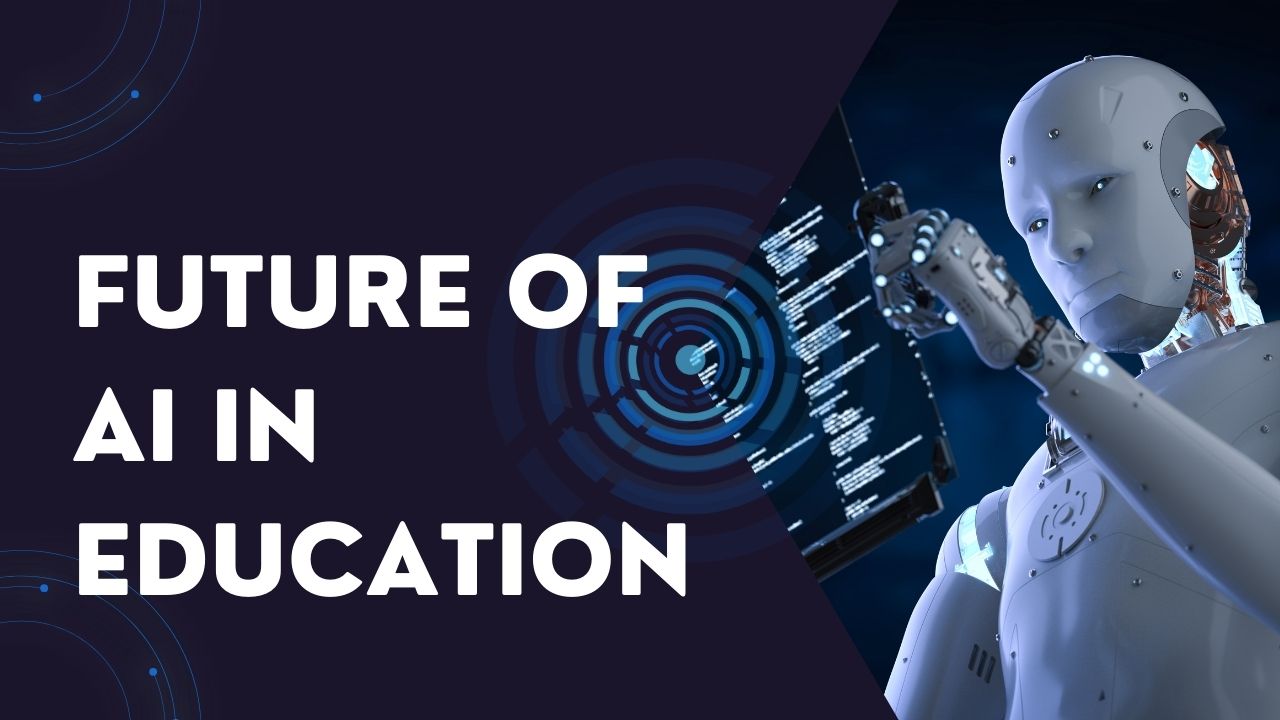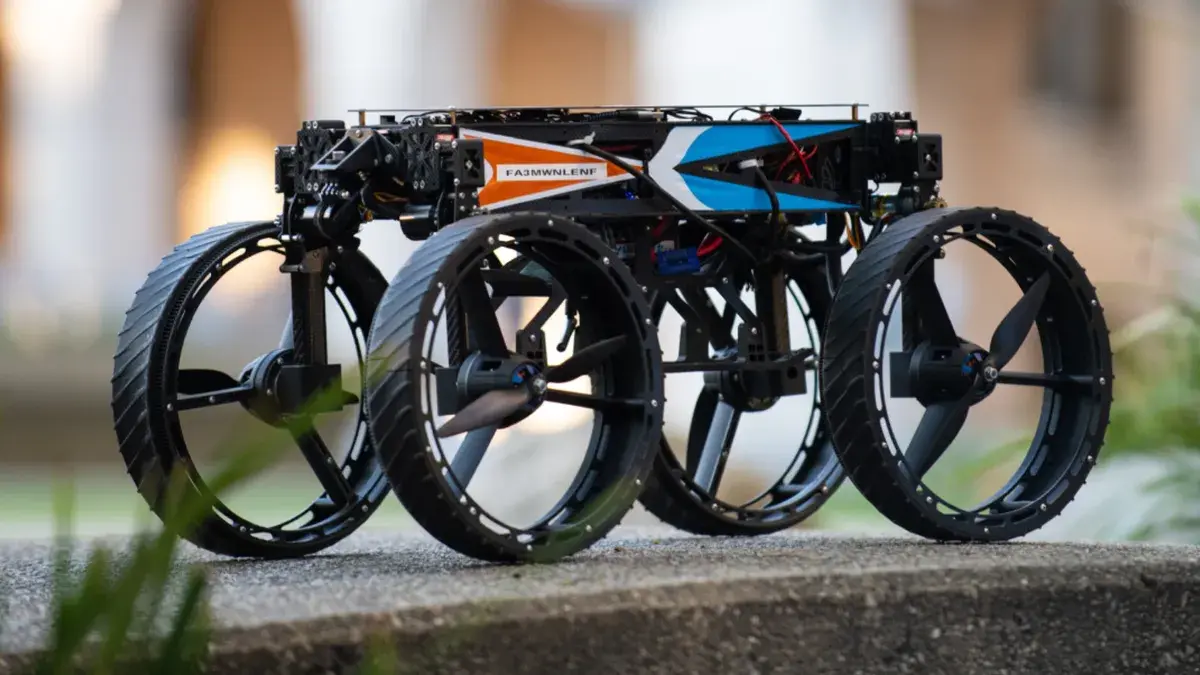In today’s tech-driven world, the Future of AI in Education is shaking up the learning environment like never before. It’s not just a buzzword; it’s a force that’s changing how students learn and how teachers teach. Whether you’re a tech enthusiast or a curious parent, the impact of AI on education is something you can’t ignore.
Let’s take a closer look at how AI is transforming learning, the benefits it offers, the challenges it presents, and what we need to do to make the most of this technology.
Understanding AI’s Role in Education
AI in education might sound like something out of a sci-fi movie, but it’s happening right now in classrooms around the world. At its core, AI is about machines that can think, learn, and make decisions. In schools, AI helps tailor lessons to fit each student’s needs, handle mundane administrative tasks, and give quick feedback to students.
This isn’t just about making things easier—it’s about changing the way we approach education altogether. If we understand what AI is doing today, we can better prepare for the future of AI in education.
The Current Applications of AI in Education
Personalized Learning
One of the biggest changes AI brings to education is personalized learning. Gone are the days of one-size-fits-all teaching. AI-powered platforms like DreamBox and Knewton adapt lessons to match each student’s learning style and pace. They analyze data from student interactions to figure out where a student excels and where they struggle, then adjust the content accordingly.
This means students aren’t stuck feeling lost or bored. Instead, they get the right amount of challenge to keep them engaged and motivated. Personalized learning is making education more about the student and less about the system.
AI-Enhanced Educational Tools
AI isn’t just changing how we learn—it’s changing the tools we use to learn. Take Grammarly, for example. This AI-driven tool helps students improve their writing by offering real-time grammar and style suggestions. It’s like having a personal editor who’s always ready to help.
Then there are AI assessment tools that are speeding up the grading process. These tools can grade essays and quizzes quickly and fairly, giving teachers more time to focus on teaching. It’s a win-win: students get faster feedback, and teachers get more time to engage with their classes.
AI Tutors
Imagine having a tutor who’s always available and never gets tired. That’s what AI tutors bring to the table. Tools like Carnegie Learning’s MATHia provide students with personalized help in mastering tough subjects. These AI tutors are available 24/7, offering explanations, practice problems, and feedback whenever students need it.
While AI tutors won’t replace human teachers, they offer valuable support. They fill in the gaps, helping students grasp difficult concepts at their own pace. It’s like having a safety net that catches students before they fall behind.
The Transformative Potential of AI
Revolutionizing Teaching Methods
AI isn’t just about helping students—it’s changing how teachers teach. By analyzing data on student performance, AI can show educators where their students are struggling and where they’re thriving. This allows teachers to step in with targeted support, ensuring that no student gets left behind.
AI also takes care of tedious tasks like grading and attendance, freeing up teachers to focus on what they do best—teaching. Imagine teachers spending more time interacting with students and less time on paperwork. That’s the kind of transformation AI offers.
Improving Student Outcomes
When learning is tailored to each student, everyone wins. AI helps create a learning environment where students are more likely to succeed. Adaptive learning platforms challenge students just enough, fostering a deeper understanding of the material.
This approach benefits all students, from those who need a bit more help to those who are ready to soar. By meeting each student where they are, AI is helping to create a more inclusive and effective educational system.
Expanding Accessibility and Inclusivity
AI is also making education more accessible. Think of students who struggle with hearing impairments or language barriers. AI-driven tools can transcribe lectures, translate content, and adapt materials to suit different needs. This means that more students can access education in a way that works for them.
By breaking down these barriers, AI is opening up new opportunities for students who might otherwise be left behind. It’s a step toward a more inclusive and equitable education system.
Challenges and Ethical Considerations
Privacy Concerns
As exciting as AI is, it comes with some serious challenges. One of the biggest is privacy. AI systems collect a lot of data on students—how they learn, where they struggle, what they’re interested in. This data needs to be protected to keep students safe.
Schools and tech companies need to work together to create strong data protection measures. It’s not just about using AI; it’s about using it responsibly.
Bias and Fairness
Another issue with AI is bias. AI systems learn from data, and if that data is biased, the AI can make biased decisions. This is especially concerning in areas like grading and admissions, where unfair AI could have serious consequences.
To tackle this, developers need to train AI on diverse, representative data. And educators need to keep an eye on how AI systems are being used, to catch any bias before it becomes a problem.
Dependence on Technology
With all the benefits AI brings, there’s a risk of relying too much on technology. It’s important to remember that AI is a tool to help teachers—not to replace them. Human interaction is still key to effective learning. AI can assist with many things, but it can’t replicate the empathy, creativity, and understanding that human teachers bring to the classroom.
Related Post: Future of AI: Mistral AI’s Contributions to Generative Technology
The Future Outlook of AI in Education
Emerging Trends
Looking ahead, the future of AI in education is full of possibilities. One trend to watch is the combination of AI with virtual reality (VR) and augmented reality (AR). These technologies can create immersive learning experiences, letting students explore historical events or scientific concepts in a way that feels real.
Another exciting development is predictive analytics. AI could help identify students at risk of falling behind before it’s too late. This means teachers can step in early, offering support when it’s most needed.
Opportunities for Innovation
The rise of AI in education is also sparking innovation. Startups and established companies are developing new tools and applications that push the boundaries of what’s possible. This competition is driving the creation of more effective and efficient learning solutions.
As AI continues to evolve, we’ll see even more tools that make learning engaging and fun. These innovations have the potential to transform education in ways we’re only just beginning to imagine.
Preparing for the Future
To make the most of AI, educators and parents need to be ready. Teachers will need ongoing training to understand how to use AI effectively in the classroom. Schools should invest in professional development to keep educators up to speed with the latest tools and techniques.
Parents also have a role to play. By understanding both the benefits and risks of AI, they can help guide their children in using AI-powered tools responsibly. Schools can support this by organizing sessions that explain AI and its impact on learning.
Conclusion
The future of AI in education is set to transform the learning landscape, offering personalized learning experiences, improving student outcomes, and making education more accessible. But with these benefits come challenges that need to be addressed. By staying informed and working together, educators and parents can harness the power of AI to create a brighter future for students.
As we move forward, it’s important to approach AI thoughtfully. By doing so, we can ensure that AI enhances education without losing the human touch that makes learning so powerful. The future of AI in education is being shaped today—let’s make sure it’s a future that benefits all learners.





